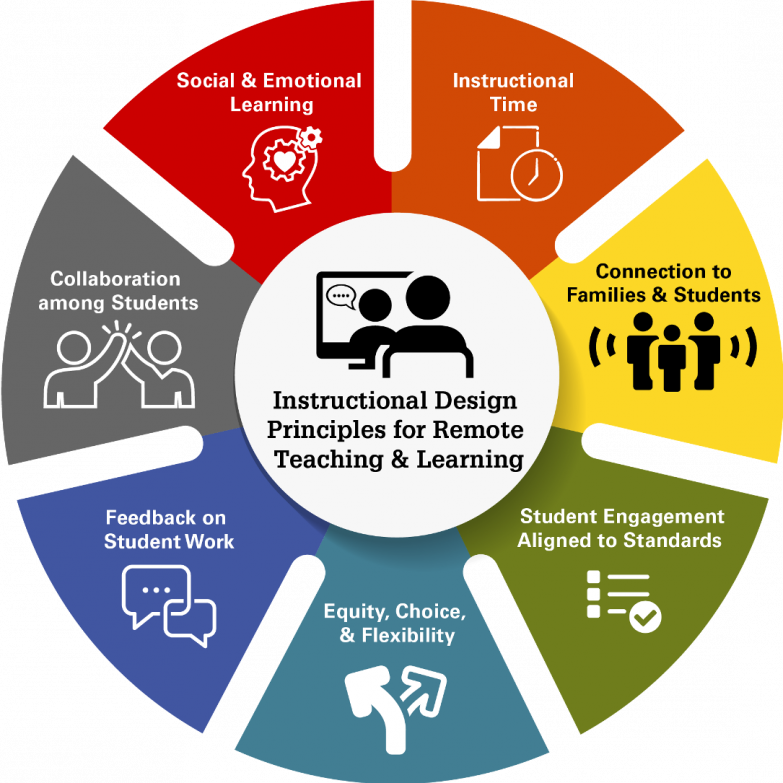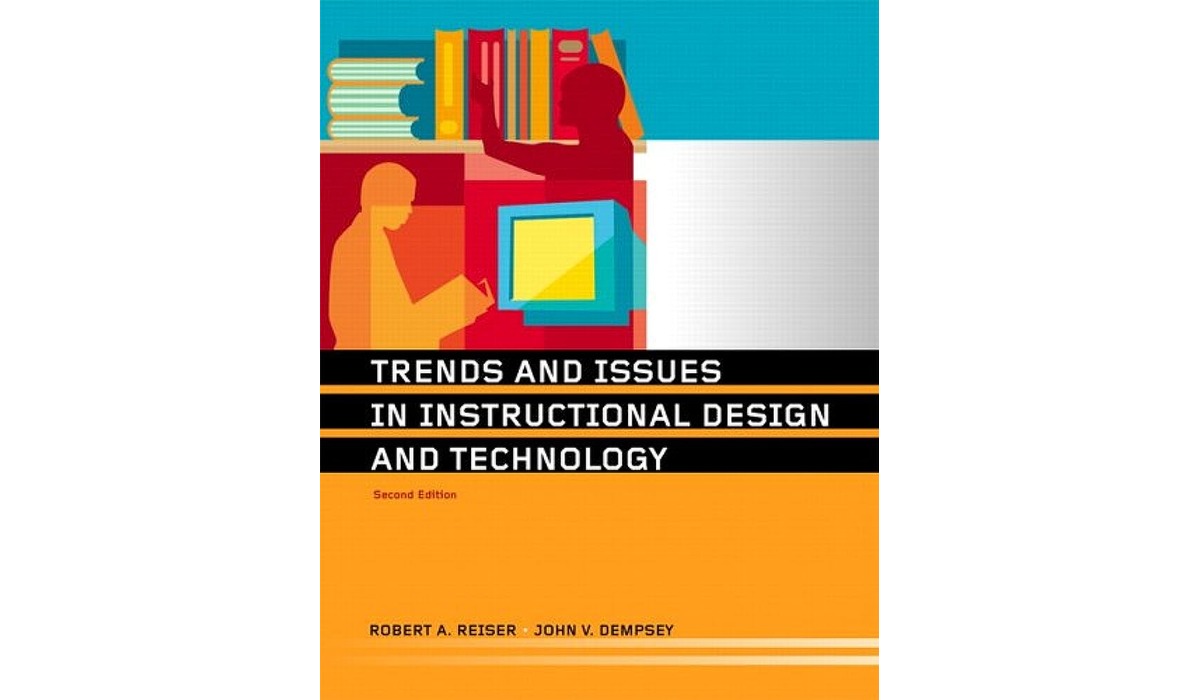PE and Technology: Transforming Physical Education
PE and technology, once seemingly disparate fields, have converged to revolutionize the way we learn, move, and engage with physical activity. This dynamic pairing has created a new landscape for […]
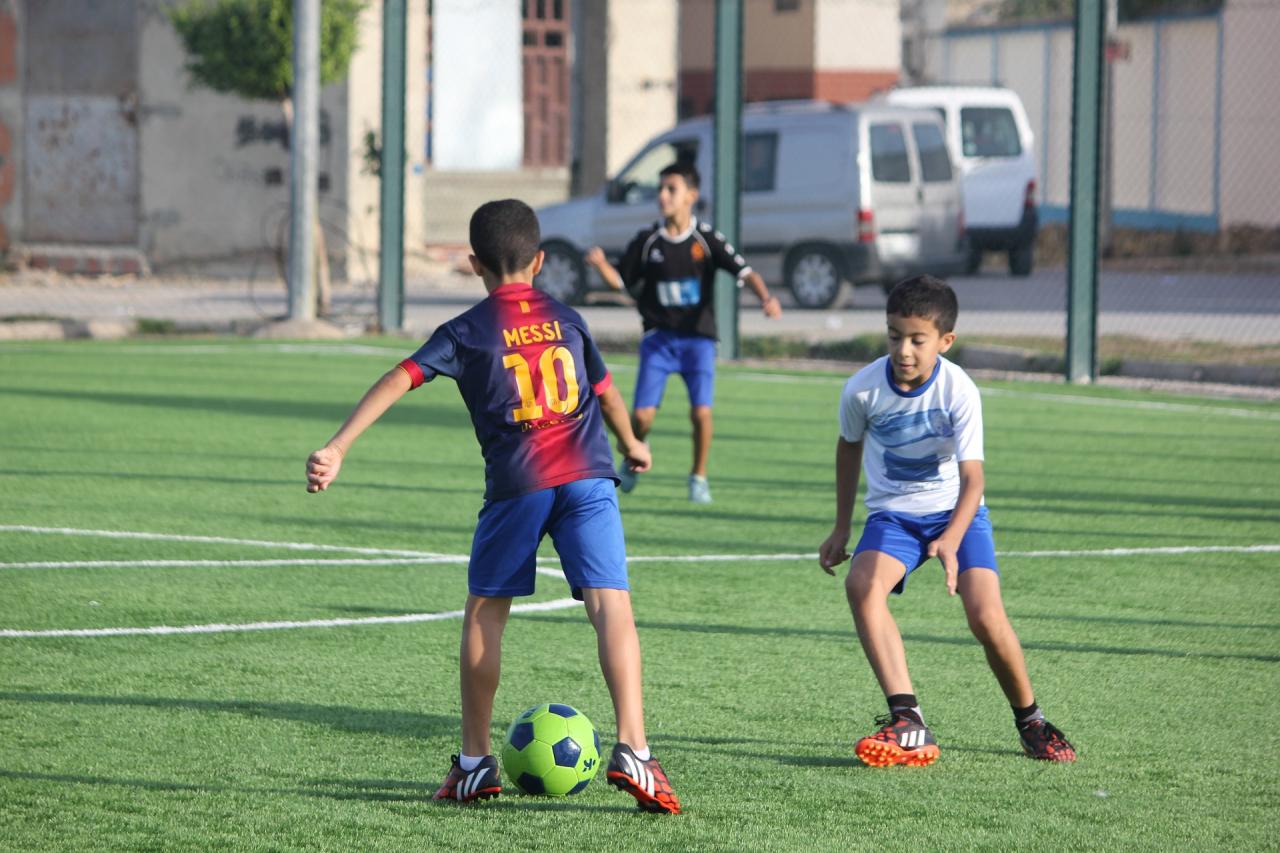
PE and technology, once seemingly disparate fields, have converged to revolutionize the way we learn, move, and engage with physical activity. This dynamic pairing has created a new landscape for physical education, where technology serves as a powerful tool to enhance learning, personalize experiences, and empower individuals to embrace a healthier lifestyle.
From fitness trackers that quantify our movements to virtual reality simulations that transport us to different environments, technology is weaving its way into every aspect of PE, offering exciting possibilities for educators, students, and athletes alike. This essay explores the evolving relationship between PE and technology, delving into the benefits, challenges, and future trends that are shaping the future of physical education.
The Evolution of Physical Education and Technology

The integration of technology into physical education (PE) has dramatically transformed how we teach, learn, and experience movement. This evolution has been marked by significant milestones, each contributing to a more engaging, data-driven, and accessible PE experience.
Historical Progression of Technology Integration in PE
The integration of technology into PE has a rich history, starting with the use of simple tools and evolving into sophisticated digital platforms.
- Early 20th Century: The advent of the phonograph and film projectors brought audio-visual aids into PE classes, allowing for demonstrations and instruction beyond the limitations of traditional methods. These technologies facilitated standardized movement instruction and helped to introduce new sports and activities.
- Mid-20th Century: The development of video recording technology, like the video camera, enabled teachers to analyze and critique student performance in real-time. This paved the way for personalized feedback and skill development.
- Late 20th Century: The introduction of personal computers and the internet opened up new possibilities for PE instruction. Computer simulations and interactive software provided virtual learning environments, while online resources offered access to vast amounts of information and training materials. This era also saw the rise of wearable fitness trackers, which allowed students to monitor their progress and track their activity levels.
- 21st Century: The emergence of mobile devices, augmented reality (AR), and virtual reality (VR) has ushered in a new era of immersive and engaging PE experiences. These technologies create interactive environments that simulate real-world scenarios, making learning more enjoyable and effective. Additionally, data analytics platforms have become increasingly sophisticated, providing valuable insights into student performance and allowing for more targeted interventions.
Comparison of Traditional and Technology-Enhanced PE Methods
Traditional PE methods often rely on teacher-led instruction, standardized drills, and limited access to feedback. Technology-enhanced approaches, on the other hand, offer a more personalized and engaging learning experience.
- Instruction: Traditional PE relies heavily on teacher demonstrations and verbal explanations, while technology-enhanced approaches utilize videos, simulations, and interactive platforms to provide clear and accessible instruction. This allows students to learn at their own pace and access information whenever they need it.
- Assessment: Traditional PE assessments often involve subjective observations or standardized tests. Technology-enhanced approaches utilize wearable sensors, video analysis software, and data analytics platforms to provide objective and detailed feedback on student performance. This allows for more accurate assessment and targeted interventions.
- Engagement: Traditional PE can sometimes be perceived as repetitive and monotonous. Technology-enhanced approaches utilize gamification, virtual reality, and interactive challenges to make learning more engaging and fun. This increased engagement can motivate students and improve their overall participation in PE.
Benefits of Incorporating Technology into PE Programs
The integration of technology into PE programs offers numerous benefits for students, teachers, and the overall learning environment.
- Increased Engagement and Motivation: Technology can make PE more interactive and engaging, leading to increased student motivation and participation. Gamification, virtual reality, and interactive challenges can transform traditional drills into exciting learning experiences.
- Personalized Learning: Technology allows for individualized instruction and feedback, catering to each student’s unique needs and learning styles. This can lead to more effective skill development and improved performance.
- Data-Driven Insights: Technology provides valuable data on student performance, allowing teachers to track progress, identify areas for improvement, and tailor their instruction accordingly. This data-driven approach can optimize learning outcomes and ensure that all students are receiving the support they need.
- Accessibility and Inclusivity: Technology can create more accessible and inclusive learning environments, particularly for students with disabilities or those who may struggle with traditional PE activities. For example, virtual reality simulations can provide safe and engaging experiences for students with mobility limitations.
Challenges of Incorporating Technology into PE Programs
While the benefits of technology in PE are undeniable, there are also challenges to consider.
- Cost and Accessibility: Implementing technology-enhanced PE programs can be expensive, requiring investments in hardware, software, and professional development. Ensuring equitable access to technology for all students can also be a challenge.
- Teacher Training and Support: Teachers need adequate training and support to effectively integrate technology into their PE programs. This includes understanding the various technologies available, developing appropriate lesson plans, and troubleshooting technical issues.
- Privacy and Data Security: The use of technology in PE raises concerns about student privacy and data security. It’s essential to implement appropriate safeguards and protocols to protect sensitive information.
- Overreliance on Technology: While technology can be a powerful tool, it’s important to avoid overreliance on it. Physical activity should remain at the core of PE, and technology should be used to enhance, not replace, traditional methods.
Technology-Enhanced Learning in Physical Education
Technology has revolutionized the way we learn and experience the world around us, and physical education is no exception. The integration of technology into PE classes has opened up new avenues for student engagement, personalized learning, and improved physical literacy.
Technology Tools and Platforms in PE
Technology tools and platforms are playing an increasingly important role in enhancing the learning experience in physical education. They offer innovative ways to track progress, provide feedback, and create engaging learning environments. Here are some examples:
- Fitness Trackers: These devices, such as smartwatches and fitness bands, can monitor heart rate, steps taken, calories burned, and sleep patterns. They provide students with real-time feedback on their physical activity levels, encouraging them to stay motivated and achieve their fitness goals.
- Interactive Whiteboards: Interactive whiteboards allow teachers to create dynamic and interactive lessons, incorporating videos, animations, and interactive games. They can be used to demonstrate techniques, explain concepts, and provide instant feedback to students.
- Virtual Reality Simulations: Virtual reality (VR) technology offers immersive experiences that allow students to practice skills in a safe and controlled environment. VR simulations can be used to teach sports techniques, explore different environments, and enhance spatial awareness.
- Apps and Software: There are numerous apps and software programs designed specifically for physical education. These tools can provide access to exercise routines, track progress, and offer personalized feedback. Some apps also allow students to compete with friends or classmates, fostering a sense of community and motivation.
Lesson Plan with Technology Integration
Activity: Basketball Dribbling Skills
Grade Level: 5th Grade
Objectives:
* Students will be able to demonstrate proper dribbling techniques.
* Students will be able to dribble a basketball while maintaining control and balance.
* Students will be able to dribble through obstacles.
Materials:
* Basketball
* Cones
* Interactive Whiteboard
* Fitness Trackers (optional)
Procedure:
1. Introduction (5 minutes):
* Begin the lesson by reviewing the importance of dribbling skills in basketball.
* Use the interactive whiteboard to show videos of professional basketball players demonstrating different dribbling techniques.
* Discuss the key elements of proper dribbling technique, such as using the fingertips, keeping the ball low, and maintaining control.
2. Demonstration (10 minutes):
* Demonstrate the proper dribbling technique on the interactive whiteboard.
* Use the whiteboard to show different dribbling drills and exercises.
* Emphasize the importance of practicing dribbling in different directions and at different speeds.
3. Practice (20 minutes):
* Divide students into small groups.
* Set up an obstacle course using cones.
* Have students practice dribbling through the obstacles, focusing on maintaining control and balance.
* Use fitness trackers (optional) to monitor students’ heart rate and activity levels during the practice session.
4. Assessment (5 minutes):
* Have students demonstrate their dribbling skills in a short game or drill.
* Observe students’ technique and provide feedback.
* Use the interactive whiteboard to display a scoreboard or leaderboard, allowing students to see their progress.
5. Conclusion (5 minutes):
* Review the key points of the lesson.
* Discuss the importance of continued practice and skill development.
* Encourage students to use fitness trackers (optional) to track their progress outside of class.
Technology in PE: Functionality and Applications
| Technology | Functionality | Potential Applications |
|---|---|---|
| Fitness Trackers | Monitor heart rate, steps taken, calories burned, sleep patterns, and other fitness metrics. | Track student progress, provide personalized feedback, encourage healthy habits, and motivate students to achieve fitness goals. |
| Interactive Whiteboards | Create dynamic and interactive lessons, incorporate videos, animations, and interactive games. | Demonstrate techniques, explain concepts, provide instant feedback, and engage students in active learning. |
| Virtual Reality Simulations | Offer immersive experiences that allow students to practice skills in a safe and controlled environment. | Teach sports techniques, explore different environments, enhance spatial awareness, and provide realistic training scenarios. |
| Apps and Software | Provide access to exercise routines, track progress, offer personalized feedback, and create a competitive environment. | Enhance student engagement, personalize learning experiences, and promote healthy competition. |
| Video Analysis Tools | Record and analyze student performance, providing detailed feedback on technique and movement patterns. | Improve technique, identify areas for improvement, and enhance student understanding of their performance. |
| Online Learning Platforms | Offer access to online resources, educational videos, and interactive exercises. | Supplement traditional PE classes, provide flexibility in learning, and cater to different learning styles. |
Data Analysis and Performance Optimization
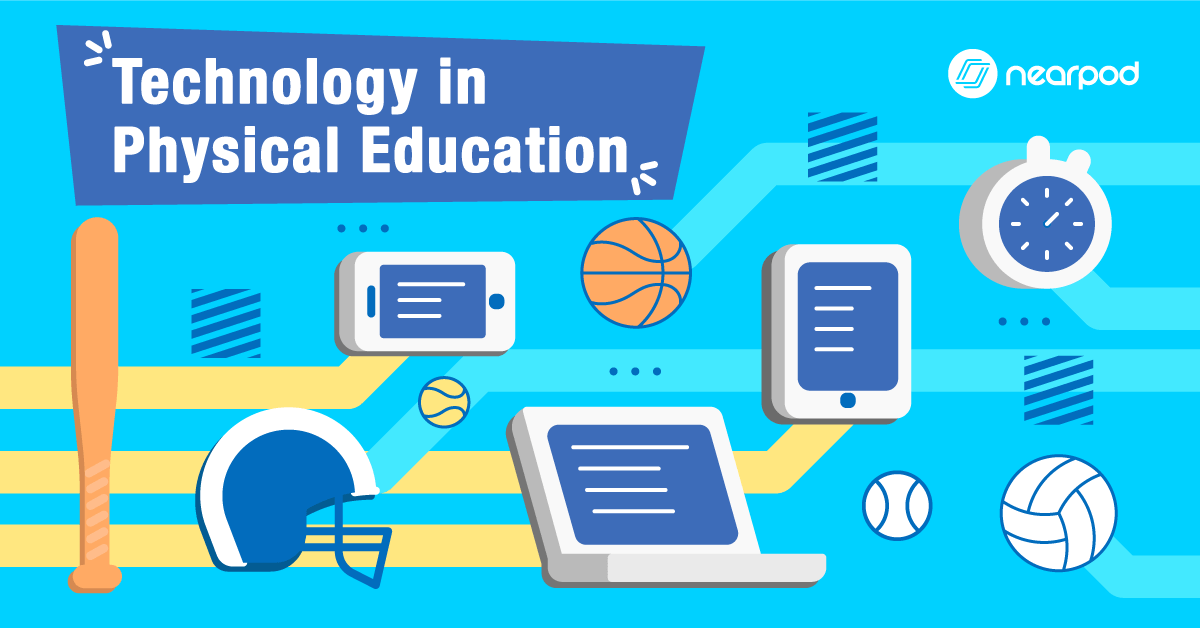
Technology plays a crucial role in enhancing physical education by providing tools for collecting and analyzing data related to student performance. This data can be used to inform coaching decisions, personalize training programs, and ultimately, improve student outcomes.
Data Collection and Analysis in PE
Technology enables the collection of a wide range of data in PE, including fitness assessments, movement patterns, and skill development. Wearable devices like fitness trackers and smartwatches can capture data on heart rate, distance covered, speed, and calories burned during physical activity. Motion capture systems can track and analyze movement patterns in real-time, providing insights into technique, biomechanics, and potential areas for improvement. Video analysis software can be used to review and analyze student performance during skill drills and competitions, identifying strengths and weaknesses.
Data-Driven Coaching and Personalized Training
Data analysis provides valuable insights for coaches and educators, allowing them to make informed decisions about training programs and individual student needs. For example, data on fitness assessments can be used to identify students who need additional support in specific areas, such as cardiovascular endurance or muscular strength. Movement pattern analysis can help coaches identify and correct technical flaws in student performance, leading to improved efficiency and reduced risk of injury. Personalized training programs can be developed based on individual student data, ensuring that each student is challenged and supported at an appropriate level.
Data Metrics in PE
| Metric | Relevance | Methods for Collection |
|---|---|---|
| Heart Rate | Indicates cardiovascular intensity and fitness level. | Wearable fitness trackers, heart rate monitors. |
| Distance Covered | Measures overall activity level and endurance. | Wearable fitness trackers, GPS devices. |
| Speed | Indicates agility and speed development. | Wearable fitness trackers, motion capture systems. |
| Movement Patterns | Provides insights into technique, biomechanics, and potential areas for improvement. | Motion capture systems, video analysis software. |
| Skill Performance | Evaluates proficiency in specific skills and identifies areas for improvement. | Video analysis software, standardized tests. |
Technology and Physical Activity Beyond the Classroom: Pe And Technology
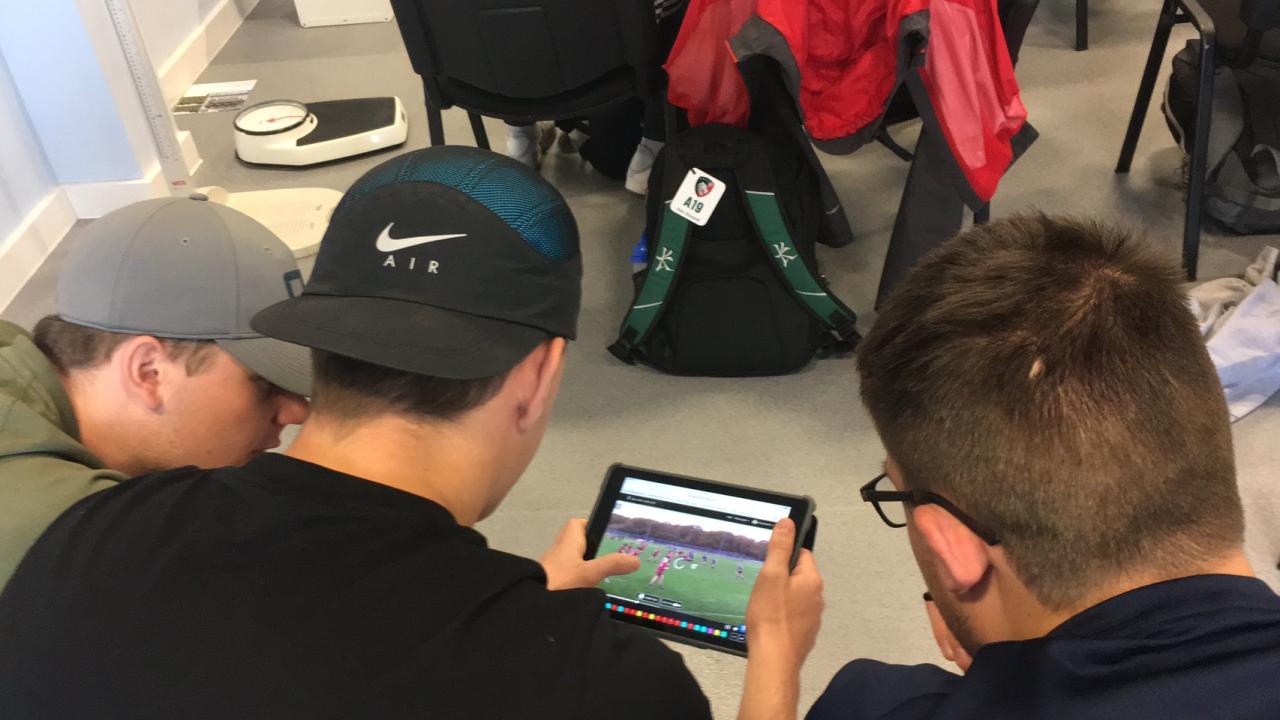
Technology has transcended the traditional confines of the classroom, becoming an integral part of promoting physical activity and healthy lifestyles in our daily lives. The accessibility and versatility of mobile apps, wearable devices, and online platforms have empowered individuals to embrace a more active lifestyle, making fitness and wellness more engaging and accessible than ever before.
Mobile Apps and Wearable Devices
Mobile apps and wearable devices have revolutionized the way we approach fitness and wellness. They provide personalized insights, motivation, and tools to track progress, fostering a more proactive and data-driven approach to physical activity.
- Fitness Tracking Apps: These apps, such as MyFitnessPal, Strava, and Fitbit, allow users to track their activity levels, calories burned, and sleep patterns. They provide personalized recommendations, challenges, and social features to enhance motivation and engagement.
- Exercise Guidance Apps: Apps like Nike Training Club and Peloton offer guided workouts, fitness routines, and personalized training plans, catering to various fitness levels and goals. They provide expert instruction and support, making it easier for individuals to incorporate exercise into their routines.
- Wearable Devices: Smartwatches and fitness trackers, such as Apple Watch and Garmin, monitor heart rate, steps taken, distance covered, and sleep quality. They provide real-time feedback and notifications, promoting awareness and encouraging individuals to stay active throughout the day.
Online Platforms and Virtual Fitness Communities
Online platforms and virtual fitness communities have created a dynamic and supportive environment for individuals to connect, share experiences, and engage in physical activity together.
- Virtual Fitness Classes: Platforms like Zoom and YouTube offer live and on-demand fitness classes, allowing individuals to participate in group workouts from the comfort of their homes. This eliminates geographical barriers and provides access to a diverse range of fitness disciplines.
- Online Fitness Challenges: Social media platforms and dedicated fitness apps host virtual challenges, encouraging individuals to compete and motivate each other to achieve fitness goals. These challenges promote healthy competition and foster a sense of community.
- Online Support Groups: Virtual communities dedicated to fitness and wellness provide a platform for individuals to connect, share experiences, and offer support to each other. These groups offer encouragement, accountability, and a sense of belonging, enhancing motivation and promoting long-term engagement in physical activity.
Impact on Physical Literacy and an Active Society
Technology’s role in promoting physical activity extends beyond individual motivation and engagement. It has the potential to transform our understanding of physical literacy and create a more active society.
- Increased Accessibility: Technology provides access to fitness resources and information, breaking down barriers of time, location, and cost. This accessibility empowers individuals to engage in physical activity regardless of their circumstances, fostering a more inclusive and equitable approach to fitness.
- Personalized Learning: Technology allows for personalized fitness programs and tailored recommendations based on individual needs and goals. This personalized approach enhances learning and engagement, leading to more effective and sustainable outcomes.
- Data-Driven Insights: Technology provides valuable data on physical activity patterns, enabling individuals and health professionals to track progress, identify areas for improvement, and make informed decisions about fitness interventions. This data-driven approach promotes evidence-based practices and fosters a more informed and proactive approach to health and wellness.
Ethical Considerations and Future Trends
The integration of technology in physical education (PE) offers numerous benefits, but it also raises ethical concerns that need careful consideration. These concerns relate to the responsible use of data, ensuring accessibility for all students, and avoiding over-reliance on technology. Moreover, exploring emerging trends and future directions in the intersection of PE and technology will help educators harness its potential while mitigating potential risks.
Data Privacy and Security, Pe and technology
Data privacy and security are paramount concerns when using technology in PE. Collecting and storing student data, including fitness metrics, movement patterns, and health information, necessitates robust measures to safeguard this information.
- Data Minimization: Schools and PE departments should collect only the data essential for their intended purposes, adhering to the principle of data minimization.
- Informed Consent: Parents and students must be informed about data collection practices, the purposes of data use, and their rights to access, modify, or delete their data.
- Data Encryption and Secure Storage: Data should be encrypted both during transmission and storage to prevent unauthorized access. Secure storage solutions, such as cloud-based platforms with strong security protocols, should be employed.
- Data Retention Policies: Clear data retention policies should be established, specifying the duration for which data will be stored and the procedures for its disposal.
Accessibility and Equity
Technology-enhanced PE should be accessible to all students, regardless of their physical abilities, socioeconomic background, or technological proficiency.
- Adaptive Technology: Schools should invest in adaptive technologies that can cater to students with disabilities, enabling them to participate fully in PE activities.
- Universal Design for Learning: PE programs should be designed using universal design principles to ensure accessibility for all learners. This involves creating activities that are adaptable to different learning styles, abilities, and preferences.
- Digital Literacy: Providing training and support for students and teachers to develop digital literacy skills is crucial for equitable access to technology-enhanced PE.
Overreliance on Technology
While technology can enhance PE, it’s crucial to avoid over-reliance on it, which can lead to decreased physical activity, diminished social interaction, and a potential for disengagement.
- Balanced Approach: Technology should complement, not replace, traditional PE activities.
- Focus on Fundamental Skills: Technology should not detract from the development of fundamental movement skills and physical literacy.
- Promote Active Play: Encourage unstructured play and outdoor activities that foster creativity, social interaction, and enjoyment of movement.
Emerging Trends and Future Directions
The intersection of PE and technology is constantly evolving, with exciting developments on the horizon.
- Artificial Intelligence (AI): AI can personalize fitness recommendations, analyze movement patterns, and provide real-time feedback to enhance performance and motivation.
- Virtual Reality (VR) and Augmented Reality (AR): VR and AR technologies can create immersive and engaging learning experiences, simulating real-world scenarios and providing interactive environments for PE activities.
- Wearable Technology: Wearable devices, such as fitness trackers and smartwatches, can track physical activity, provide data insights, and promote healthy habits.
- Gamification: Integrating game mechanics into PE activities can increase motivation, engagement, and enjoyment of physical activity.
Resources and Organizations
Several organizations and resources are dedicated to advancing the integration of technology in PE.
- American Alliance for Health, Physical Education, Recreation and Dance (AAHPERD): AAHPERD provides resources, professional development, and advocacy for PE teachers and professionals.
- Society of Health and Physical Educators (SHAPE America): SHAPE America offers a wide range of resources, including technology-focused publications, conferences, and professional development opportunities.
- National Center for Technology Innovation (NCTI): NCTI focuses on research and development in technology-enhanced PE, providing valuable insights and best practices.
Conclusion
The integration of technology into physical education has ushered in a new era of innovation, transforming the way we learn, move, and engage with physical activity. As technology continues to evolve, its impact on PE will only grow stronger, offering exciting opportunities to enhance learning, personalize experiences, and create a more active and engaged society. By embracing the potential of technology, we can create a future where physical education is accessible, engaging, and empowering for everyone.
Physical education and technology have a lot of potential to work together, enhancing fitness and training. A great example is the innovative approach taken by nester technologies , who develop wearable fitness trackers that analyze data and provide personalized feedback for athletes.
This kind of technology is changing how we understand and approach physical activity.




